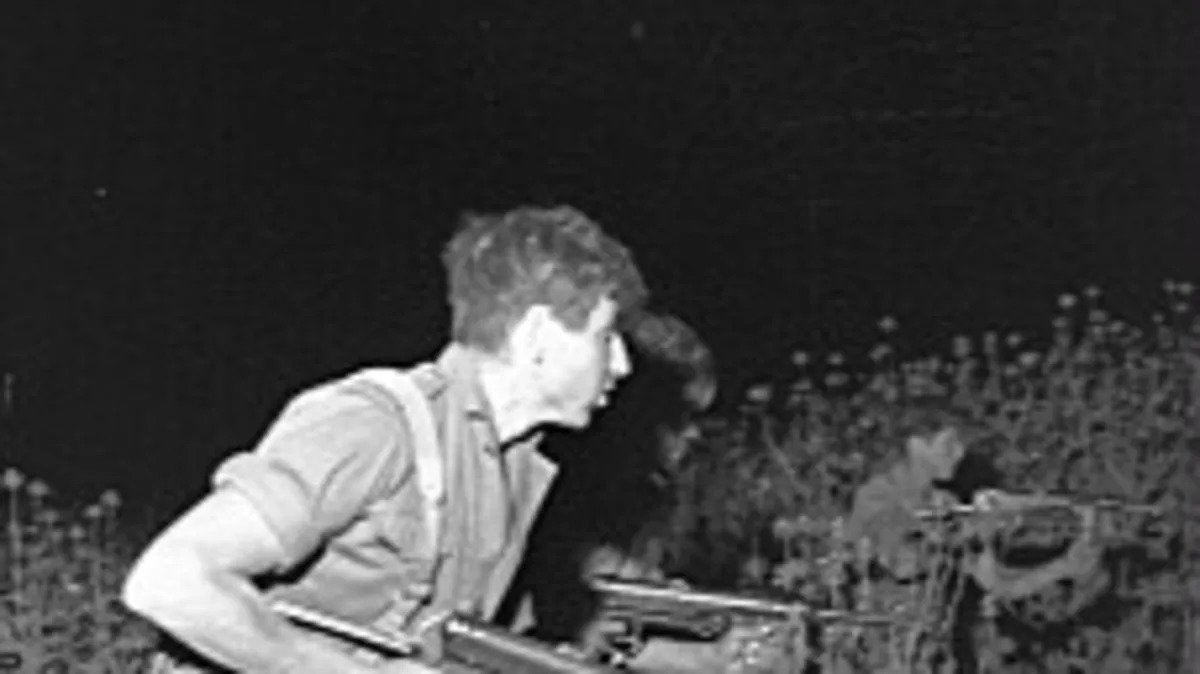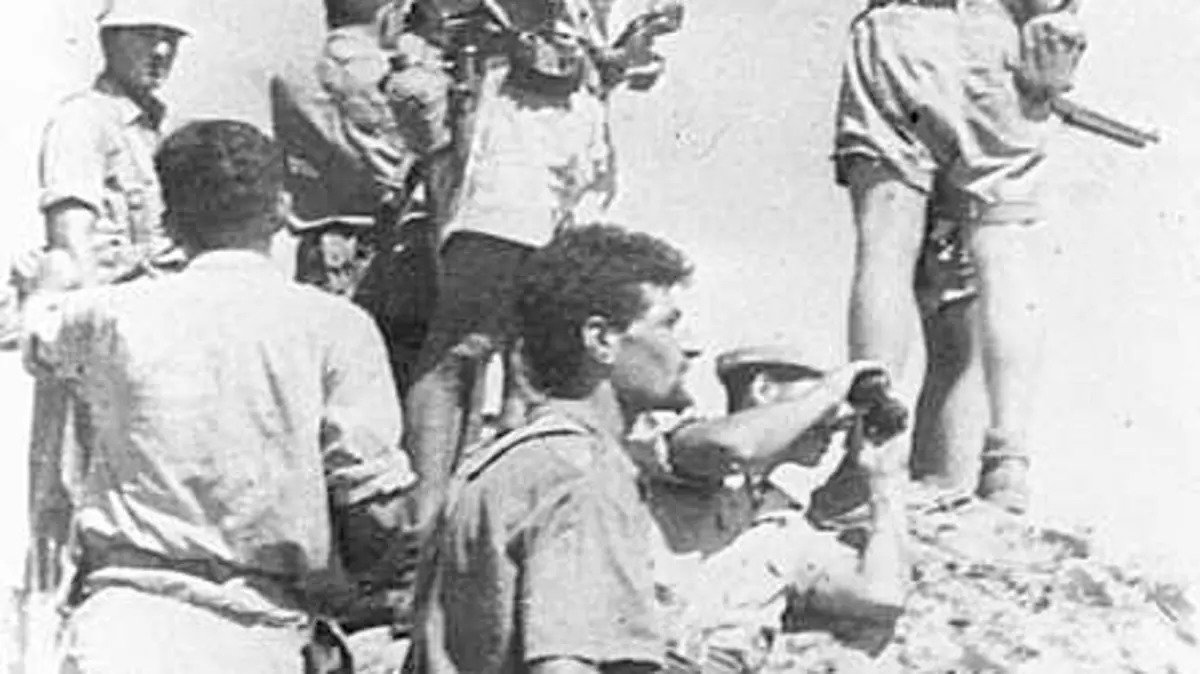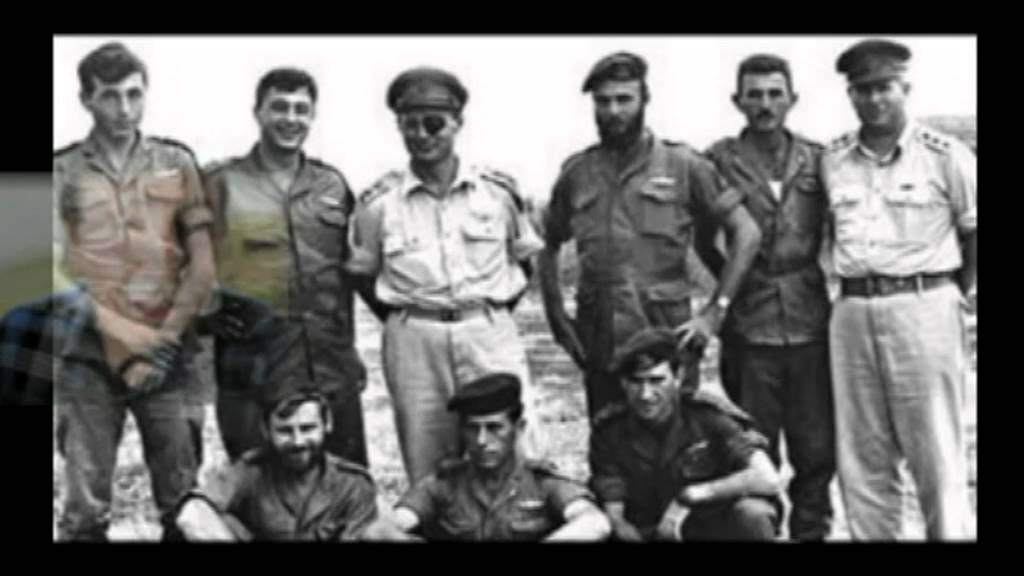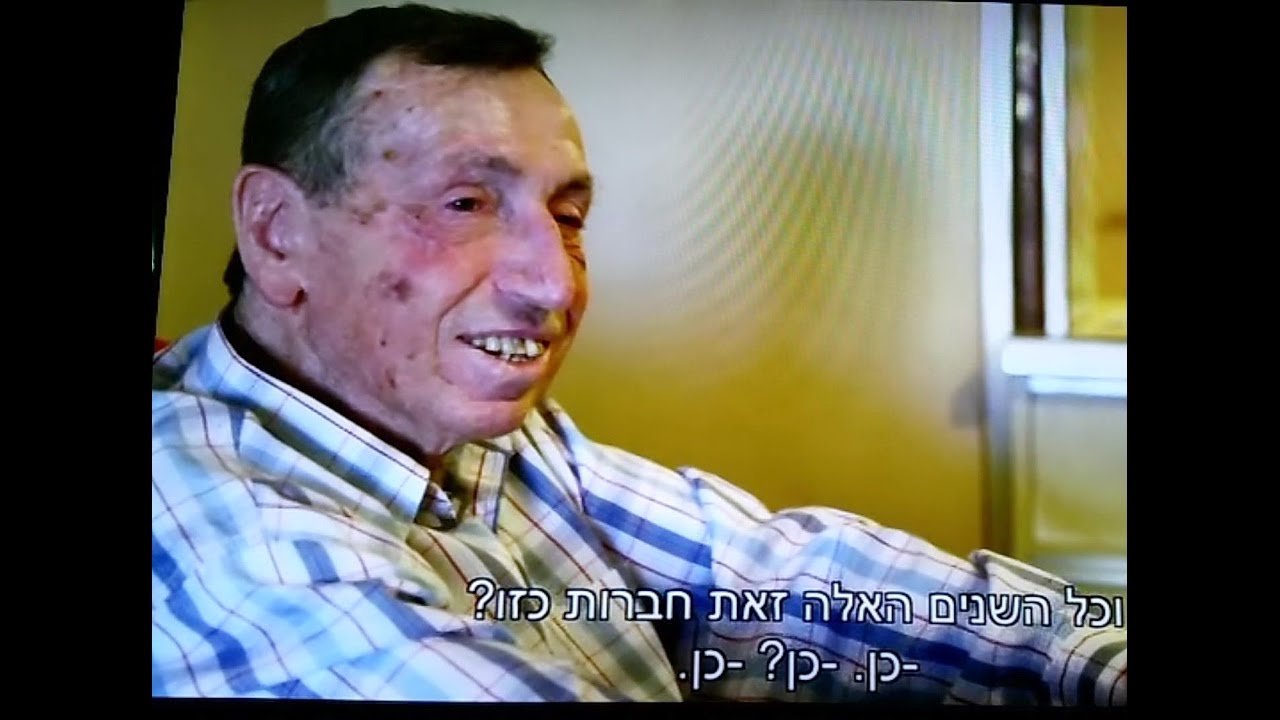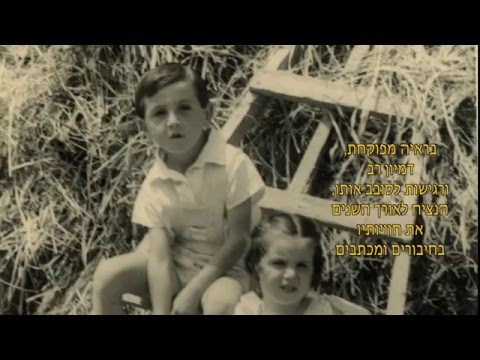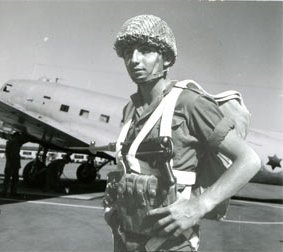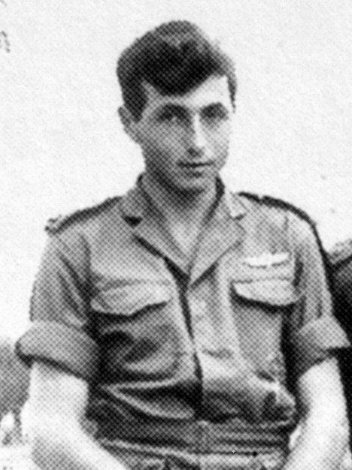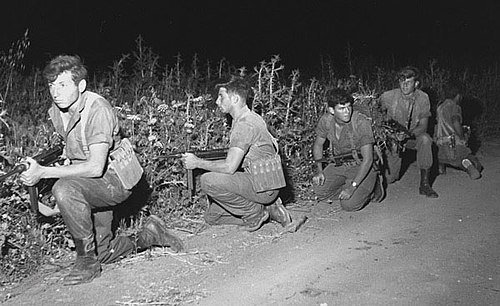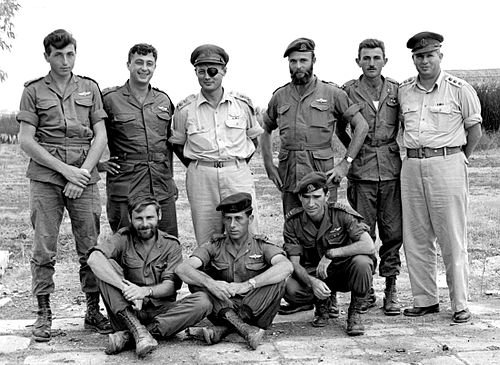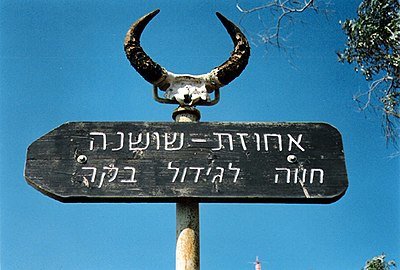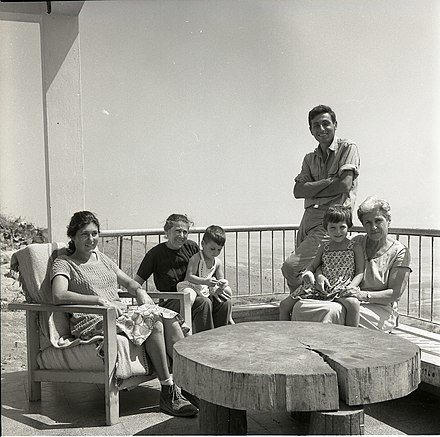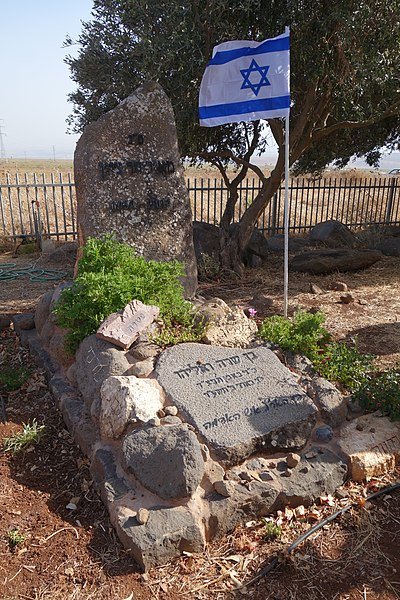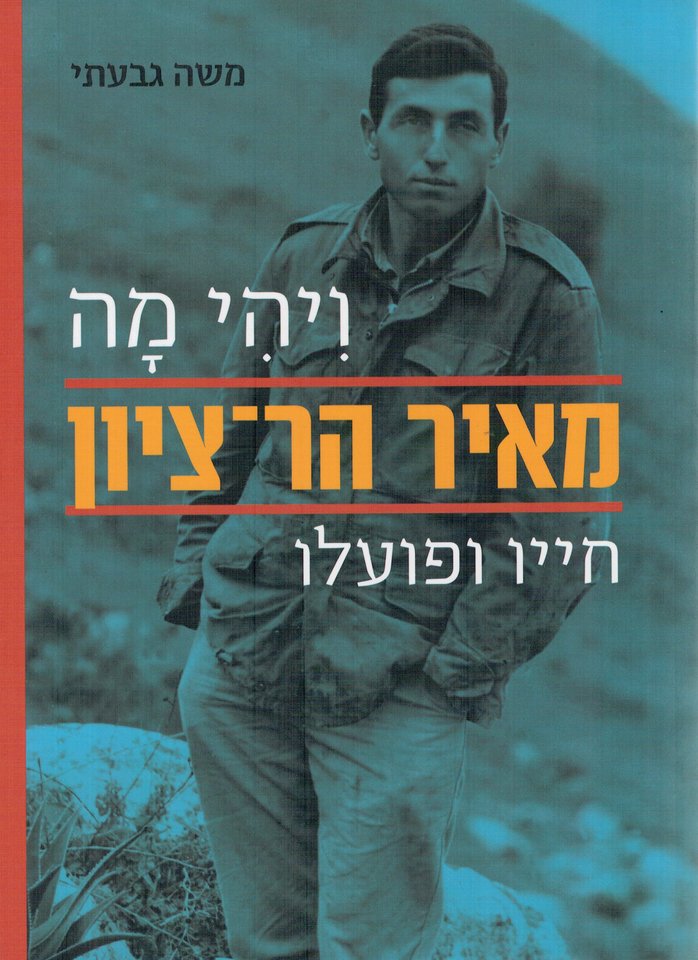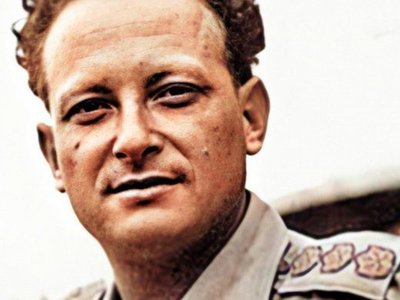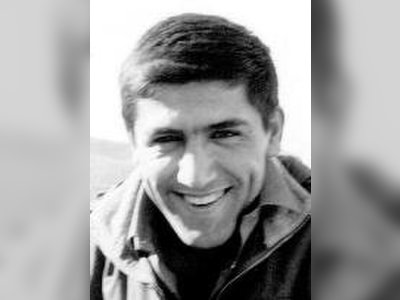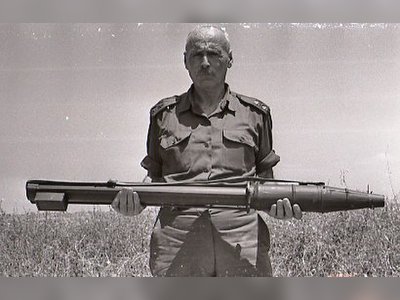Meir Har-Zion: A Legend of Israeli Commando Warfare
Meir Har-Zion (August 8, 1934 – March 14, 2014) was an Israeli commando warrior, a member of Unit 101, and one of the iconic figures of retaliatory operations during the 1950s. He was decorated with the Medal of Valor, the first commander of the Paratroopers Reconnaissance Unit, and a founding member of the General Staff Reconnaissance Unit (Sayeret Matkal).
Family Background
Meir Har-Zion's maternal grandparents came from Russia and settled in Romania, where his mother's family was born. When he was three years old, around the late 1960s, his family immigrated to the Land of Israel and settled in the Old City of Jerusalem, within its ancient walls. His grandmother, a native of Jerusalem, came from a Sephardic family that had migrated from Izmir.
As a young girl, she responded to the call of Moses Montefiore, becoming one of the first families to leave the confines of the Old City and settle in the new neighborhood. After their marriage, Meir's grandfather and grandmother lived within the city walls. After their first child was born, Meir's grandfather left Jerusalem for agricultural work in Rishon LeZion.
It was there, in 1902, that Meir Har-Zion's mother, Sarah Goldinberg, was born. She later studied at the Beit HaMidrash for Women Teachers in Tel Aviv. As a young girl, she began to travel the world. In an Arab taxi, a young Jewish girl accompanied by five Arab men, she embarked on a two-day journey from Syria to Baghdad to serve as a nanny for Jewish children there. From Baghdad, she traveled to Paris to study at the Sorbonne, and from there, she returned to the Land of Israel, settling in Herzliya. In 1933, she married Meir Har-Zion's father, Eliahu Horowitz (1905–1981), an agricultural laborer who had immigrated from Russia.
Biography
Meir Har-Zion was born in Herzliya in 1934 as Meir Horowitz. When he was fourteen, his parents divorced. Meir and his father moved to Kibbutz Ein Harod, while his mother and sisters moved to Kibbutz Beit Alfa. In his youth in Ein Harod, Meir dedicated most of his free time to observing nature and hiking. These hikes sometimes extended beyond the borders of Israel.
During the Sukkot holiday in 1951, at the age of seventeen, Meir and his fifteen-year-old sister, Shoshana, set out on a trip to the Galilee, the final part of which involved walking along the Jordan River to reach Kibbutz Kfar Nahum (Capernaum) on the shores of the Sea of Galilee. They were informed that the area bordering Syria was considered a safe zone where civilians could travel without weapons.
After walking along the desert region for a while, they reached the Daughters of Jacob Bridge, where they encountered a policeman who did not inform them that they were not allowed to continue on their route. After they proceeded southward along the mountainside toward the Sea of Galilee, they were surrounded by armed Arabs who shouted at them and fired shots into the air.
The Arabs beat them with sticks, and one of them even hit Meir and his sister with a rifle butt. Their eyes were blindfolded, and they were taken eastward across the Jordan River, to a dirt road leading to the Beit She'an Valley. After a brief interrogation, they were transferred to the Contra headquarters, where they introduced themselves as "Benjamin" and "Isaac," Israeli intelligence operatives.
After Shoshana was taken to a separate room, the interrogators promised Meir that they would leave his sister alone if he cooperated with them. When he refused, they beat him until he was swollen and then with sticks on the soles of his feet while another interrogator threatened to kill Shoshana. The next afternoon, they were taken to a police station in Damascus and, that night, to the military prison in the city. During their time in prison, Shoshana was held in a cell with another young Israeli woman.
Meir received a package of toiletries from his home and an encouraging letter from Kibbutz Beit Alfa. After three weeks in jail and two and a half weeks of separation, Meir and Shoshana were informed of their release. They were freed a month after their capture, with the mediation of the United Nations and the Red Cross.
Military Service
On July 30, 1952, Meir Har-Zion was conscripted into the Israeli military and underwent training in infantry and paratrooper courses before later instructing at the paratrooper training course. In May 1953, during a vacation from the course, Har-Zion embarked on a journey to the "Forbidden City" – Petra in Jordan, accompanied by his girlfriend, Rachel Svorai. This journey ignited the imagination of many Israeli youth, who also sought to undertake similar adventures. Tragically, some lost their lives in the process.
In August 1953, Har-Zion was assigned to Unit 101, which was established by Ariel Sharon. He played a significant role in many of its operations, including leading the Silk Gloves operation, a challenging raid on Hebron known for its harsh winter conditions and mountainous terrain. The unit covered a distance of 42 kilometers during a snowy night, successfully completing the mission and setting new standards for the performance of special forces in the Israeli military.
Following the merger of Unit 101 with the Paratroopers Reconnaissance Unit 890, Har-Zion was appointed as the commander of the unit's reconnaissance section, composed of fighters from Unit 101 and Unit 890. Ariel Sharon wrote of him, "In a short period, Meir became the bravest fighter in Unit 101 and the Paratroopers, an excellent scout, and perhaps the finest the IDF had known to date."
In June 1954, following recommendations from Ariel Sharon and Moshe Dayan, the Chief of Staff at the time, Har-Zion was promoted to the rank of Second Lieutenant without attending an officers' course, a rare and unique occurrence during that era.
On December 23, 1954, Shoshana Har-Zion, Meir's sister, and her friends Oded and Gavri Svorai, aged 18, embarked on a trip to the Judean Desert. According to witnesses from Ein Gedi, the last people to see them, the two boys and Shoshana set out on the trip armed. Tragically, they were murdered, and their bodies were discovered six weeks later, buried beneath a pile of stones in the Arugot Stream area, northwestern of Ein Gedi, about 7-8 kilometers beyond the Jordanian border, in the territory inhabited by the Bedouin tribe of al-Rashayda.
In February 1955, Israeli Bedouins crossed the border, with IDF permission, to retrieve the bodies. However, they were attacked and had to flee, leaving behind only parts of the girl's body. Afterward, the Jordanian government agreed to allow UN observers to visit the location to return the bodies.
Meir Har-Zion's life was marked by courage, dedication, and a commitment to defending his homeland. His legacy continues to inspire future generations of soldiers and civilians alike, serving as a symbol of unwavering determination and resilience in the face of adversity.
- מאיר הר-ציוןhe.wikipedia.org
